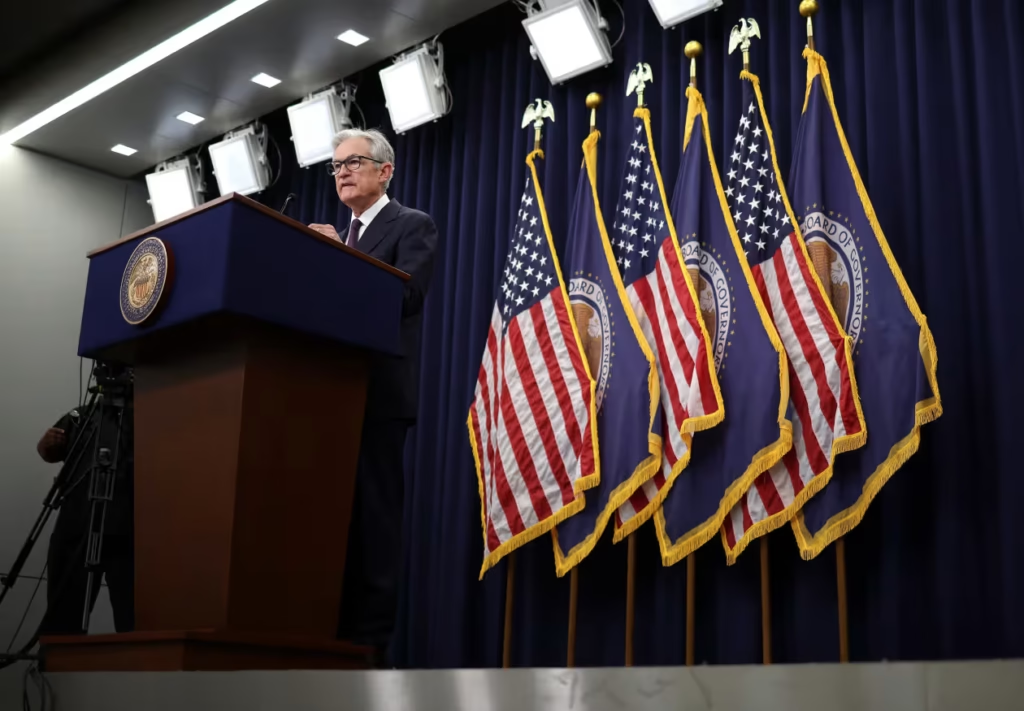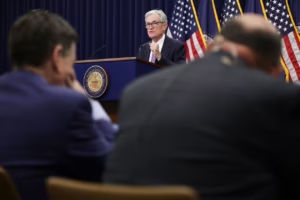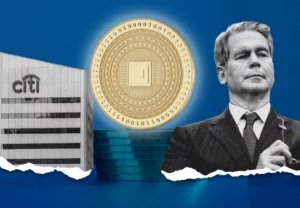Jerome Powell, the head of the Federal Reserve, stated on Tuesday that there is a strong argument to be made for interest rate cuts in the near future, but that the Fed is delaying for the time being due to the anticipated rise in inflation brought on by the trade disputes in the United States.
Republicans frequently asked Powell to explain why the Fed isn’t lowering rates at this time during his semiannual speech to Congress. They mentioned that central banks all over the world had cut their own borrowing costs, and they cited the comparatively low rate of inflation in the United States.
“If you just look in the rearview mirror and look at the existing data that we’ve seen, you could make a good argument that it would call for us to be at a neutral level, which would be a couple of cuts or maybe more,” Powell stated.
However, almost all economic analysts, including those at the Fed, “expect a meaningful increase in inflation over the course of this year,” he said.
Powell stated that once the Fed has a better understanding of how the trade disputes unfold, it would be ready to modify interest rates.
Powell’s testimony can be seen here.
“This doesn’t suggest he is in a hurry to cut rates,” ING chief international economist James Knightley stated.
For the fourth consecutive meeting, the Fed left a key U.S. interest rate steady last week. The bank last lowered interest rates in December.
Trump has been resentful of Powell and the Fed’s unwillingness to lower interest rates, and he reiterated his attacks on the social media platform Truth Social. During the hearing, he urged Republicans to target Powell.
“I hope Congress really works this very dumb, hardheaded person, over,” Trump wrote in a tweet.
For months, Trump has been urging the Fed to lower interest rates, claiming that borrowing costs are too high and that inflation is low. Trump has also stated that the federal government is suffering greatly from high interest rates on the U.S. debt.
Concerns about the timing and scope of rate decreases seem to be dividing the Fed more and more.
Following last week’s bank stand put, Fed Governors Chris Waller and Michelle Bowman stated that they might be amenable to a rate drop during the July 29–30 meeting. During Trump’s first term, both governors were named to the Fed board.
A response to a question concerning their remarks was that Powell “wouldn’t comment on any other [Fed] member’s comments one way or the other.”
“But I will say this: Many paths are possible here,” he continued. “We could see inflation come in not as strong as we expect, and if that were the case it would suggest cutting sooner.”
The first rate drop in September is not anticipated by investors. Two of the Fed’s four remaining meetings this year are expected to see rate cuts, according to betting markets.
Waller and Bowman argued that the tariff-induced increase in inflation would be temporary and would largely subside by the following year.
They are more concerned about a possible increase in unemployment and a downturn of the labor market. They argued that there was no reason to wait for the job market to worsen more before taking action.
According to the Fed’s prediction, inflation would increase from its current rate of 2.1% to 3% in 2025. After that, it would return to 2.4% in 2026 and 2.1% the next year.
Long-term, the bank wants to bring the inflation rate down to 2%.
Powell will step down as chairman in May of next year, and Trump intends to appoint a successor. Wall Street sees Waller as a possible replacement.





